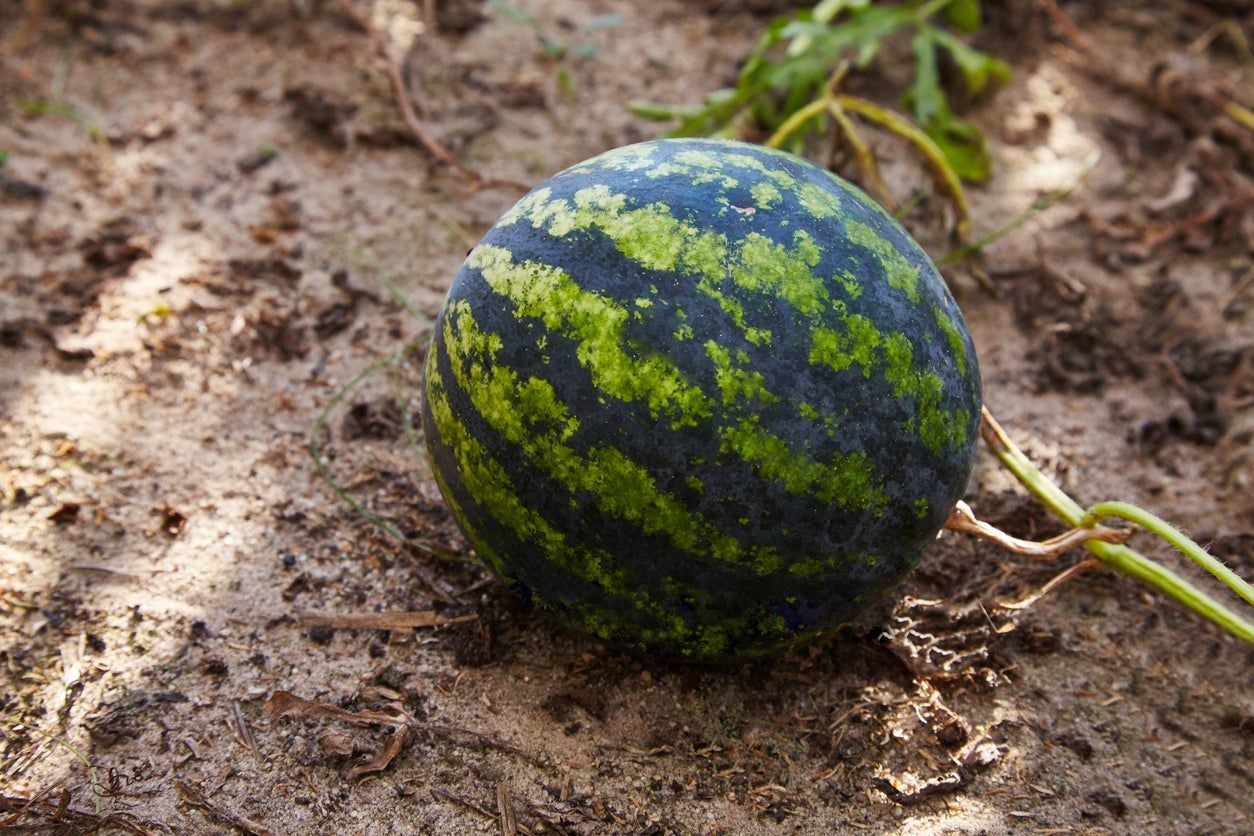New Orchid Watermelon Info: How To Grow A New Orchid Melon


Fresh, homegrown watermelon is a delectable summertime treat. Whether hoping to grow large, sweet melons or smaller icebox types, growing your own watermelon in the home garden is a rewarding task. Though several high-quality varieties of open pollinated watermelon are available, newly introduced hybrid cultivars also offer interesting and unique characteristics – like ‘New Orchid,’ which offers growers a distinct sherbet colored flesh that is perfect for fresh eating.
New Orchid Watermelon Info
New Orchid watermelon plants are a type of icebox watermelon. Icebox watermelons are generally smaller, usually weighing less than about 10 pounds (4.5 kg.) The compact size of these melons makes them ideal for storage in refrigerators. When fully mature, New Orchid melons demonstrate distinctive green stripes and an inner juicy flesh that is a bright and vibrant orange in color.
How to Grow a New Orchid Melon
The process of growing New Orchid watermelons is very similar to that of growing any other open pollinated or hybrid melon variety. The plants will thrive in a warm, sunny location that receives at least six to eight hours of sunlight each day.
In addition to sunlight, New Orchid watermelon plants will require space in the garden that is well draining and has been amended. Planting in hills is a very common technique. Each hill should be spaced at least 6 feet (2 m.) apart. This will allow adequate space as the vines begin to crawl throughout the garden.
To germinate watermelon seeds, soil temperatures of at least 70 degrees F. (21 C.) are required. For those with long growing seasons, the seeds of the watermelon plants can be sown directly into the garden. Since New Orchid watermelons reach maturity in 80 days, those with shorter summer growing seasons may need to start the seeds indoors before the last frost has passed to ensure that there is adequate time for the melons to ripen.
New Orchid Melon Care
As with any watermelon variety, it will be important to provide consistent irrigation throughout the growing season. For many, melons will need weekly watering throughout the hottest part of the growing season until the watermelon fruits have started to ripen.
Since watermelons are warm season crops, those living in cooler climates may need to help extend the growing season through the use of low tunnels and/or landscape fabrics. Providing consistent heat and moisture will help to grow the best melons possible.
Gardening tips, videos, info and more delivered right to your inbox!
Sign up for the Gardening Know How newsletter today and receive a free copy of our e-book "How to Grow Delicious Tomatoes".
Watermelons that are ready for harvest will usually have a yellow-cream color in the location where the melon was in contact with the soil. Additionally, the tendril nearest the stem should be dried and brown. If you are still uncertain whether the melon is ripe, many growers try to scratch the rind. If the skin of the fruit is hard to scratch, it is likely that the watermelon is ready to be picked.

Tonya Barnett has been gardening for 13 years. Flowers are her passion. She has transformed her backyard into a cut flower garden, which she regularly chronicles on her YouTube channel http://www.youtube.com/@tonyawiththeflowers.
-
 How To Grow Strawberries From A Strawberry: All You Need To Cultivate Yummy Fruits
How To Grow Strawberries From A Strawberry: All You Need To Cultivate Yummy FruitsYou may know how to grow strawberries from small plants or runners – but what about growing from the fruit? Here we show you how to grow strawberries from a strawberry
By Mary Ellen Ellis
-
 Best Tomatoes For Containers: 10 Tastiest Varieties For Plentiful Produce In Compact Areas
Best Tomatoes For Containers: 10 Tastiest Varieties For Plentiful Produce In Compact AreasThese are the best tomatoes for containers that prove you don't need to have a large space or elaborate garden to grow delicious produce.
By Bonnie L. Grant